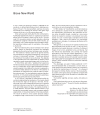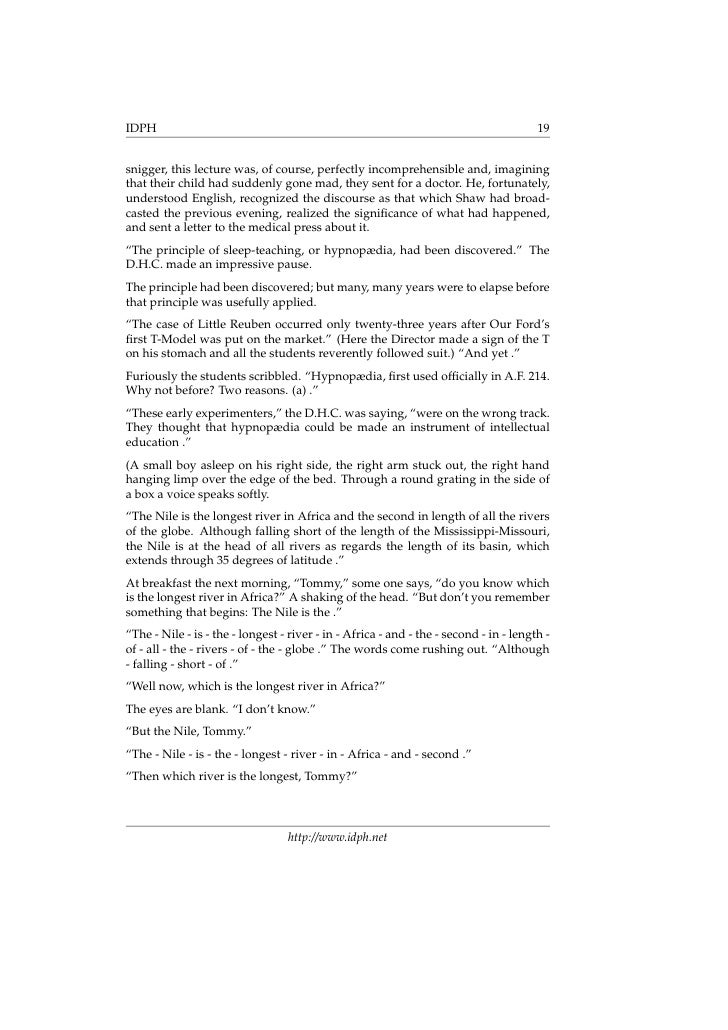

Lincoln (Eds.), Handbook of qualitative research (2nd ed.) (pp. The choreography of qualitative research design. Transforming the curriculum through the arts. Sawyer (Eds.), Language and creativity in contemporary English classrooms (pp. the beat of the human heart, the rhythm of language’: Creative writing and imaginative response in English.

‘Something mysterious that we don’t understand. Lincoln (Eds.), The SAGE handbook of qualitative research (pp. Luxembourg: Office for Official Publications of the European Communities.įlyvbjerg, B. Innovation and creativity in education and training in the EU member states: Fostering creative learning and supporting innovative teaching. Waikato Journal of Education, 20 (3), 77–91.įerrari, A., Cachia, R. Creative teaching or teaching creatively? Using creative arts strategies in preservice teacher education. Victoria, NSW: Australian Council for Educational Research.Įwing, R. The arts and Australian education: Realising potential. English Teachers Association response to Draft Stage 6 Syllabus. E-Learning and Digital Media, 9 (2), 232–244.Įnglish Teachers Association NSW.

Cultural shifts, multimodal representations, and assessment practices: A case study. Journal of Thinking Skills and Creativity, 2 (2), 136–147.Ĭurwood, J.S.

Teacher stance in creative learning: A study of progression. Sydney: Author.Ĭraft, A., Cremin, T., Burnard, P. Does assessment kill student creativity? The Educational Forum, 69 (3), 254–263.īoard of Studies NSW. Luxembourg: Publications Office of the European Union.īeghetto, R.A. Expert perspectives on creativity and innovation in European schools and teacher training: Enabling factors and barriers to creativity and innovation in compulsory education in Europe. British Educational Research Journal, 30 (1), 141–165.īanaji, S., Cranmer, S. Effective teaching in the context of a Grade 12 high-stakes external examination in New South Wales, Australia. New York: New York University Press.Īyres, P., Sawyer, W. Qualitative data: An introduction to coding and analysis. High-stakes testing and curricular control: A qualitative metasynthesis. Retrieved Augfrom and-creative-thinkingĪustralian Curriculum, Assessment and Reporting Authority. Educational Research Review, 5 (3), 201–219.Īustralian Curriculum, Assessment and Reporting Authority. Examining variations among researchers’ and teachers’ conceptualizations of creativity: A review and synthesis of contemporary research. This research will be useful for teachers as they transition into teaching the new English syllabus, prompting them to reassess the scope for creative learning when preparing students for the HSC.Īndiliou, A. Teachers feel positively, however, about the increased space for creativity within the new Stage 6 English courses. Drawing from teacher case studies, the findings indicate that despite teachers’ belief in the importance of creativity, their time for creative teaching and learning has been limited by the demands of the former HSC syllabus. Given the recent implementation of the new Stage 6 Syllabus, this article offers insights into the scope for creativity in the revised Standard and Advanced English courses for Year 12 students. This study addresses this critical gap by exploring the perspectives of secondary Australian English teachers on the value of creative learning experiences when preparing students for the Higher School Certificate (HSC) in the state of New South Wales. However, few studies have examined teachers’ conceptions of the importance of creativity in the context of end-of-school examinations. A significant body of research points to the challenges faced by English teachers in balancing creative pedagogy with the demands of high-stakes testing.


 0 kommentar(er)
0 kommentar(er)
